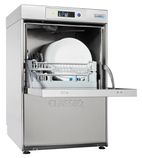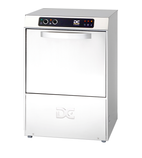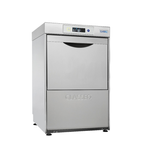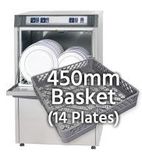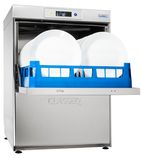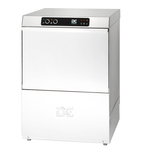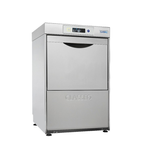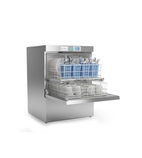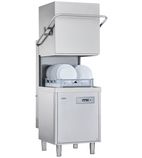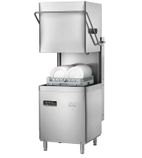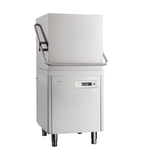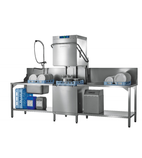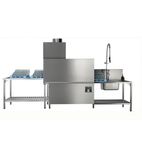Commercial Dishwashers
Commercial dishwashers are cheaper (in whole life cost) and faster than washing by hand, and give more reliable and consistent results, with better sanitation if maintained properly. Commercial dishwashers re-circulate hot water and detergent in the wash tank at high speed, then rinse the pots with hot fresh water and rinse aid. The rinsing process helps sanitation and reduces the need for manual drying; the rinse aid combined with the heat of the plates after the rinse cycle means they quickly steam dry.
Catering Appliance Superstore stock a wide range of Commercial Dishwashers, with different plate capacities, external dimensions, and various features which may or may not be relevant to your business. Buying a Commercial Dishwasher represents a significant outlay so make sure you check our Guide to Commercial Warewashers for Installers and Purchasers for essential general guidance, and our Commercial Dishwasher Buying Guide to fine tune your selection to best suit your business.
![]() * Items marked with the 'Order Today Delivered Tomorrow' graphic qualify for Next Day Delivery only if the item is ordered before the Next Day Delivery cut off time shown on the product page. Some Next Day Delivery services are chargeable.
* Items marked with the 'Order Today Delivered Tomorrow' graphic qualify for Next Day Delivery only if the item is ordered before the Next Day Delivery cut off time shown on the product page. Some Next Day Delivery services are chargeable.

